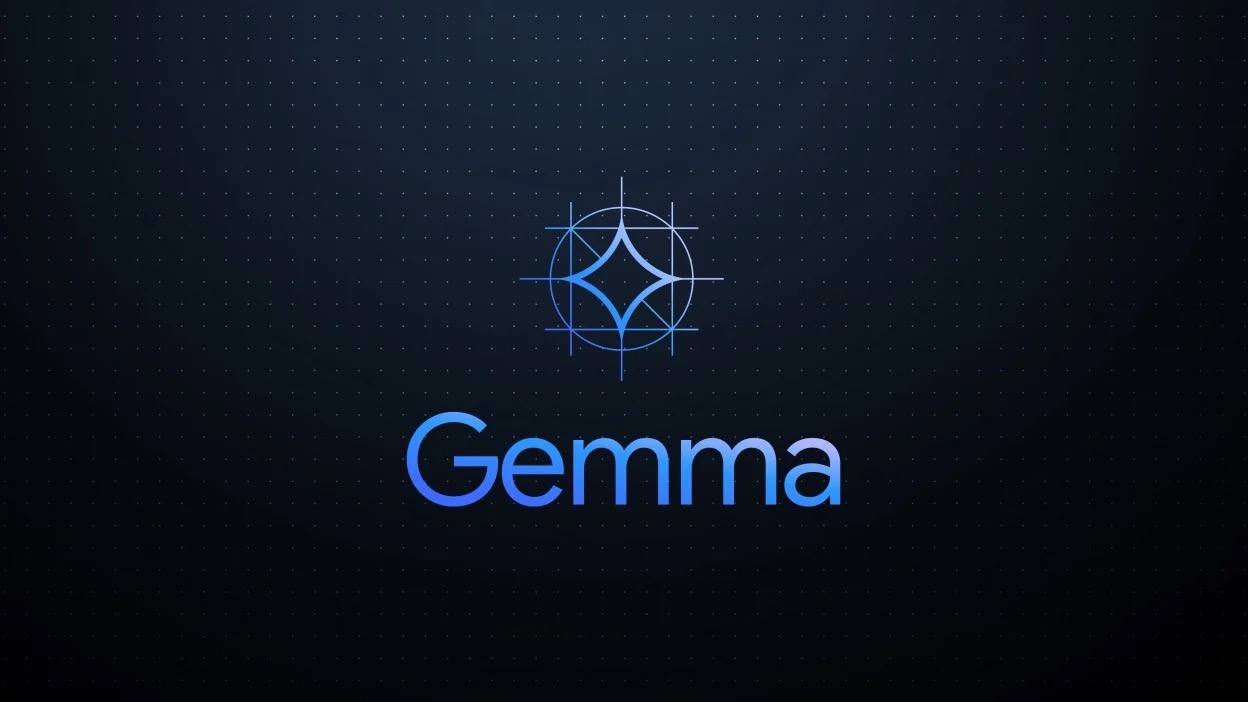Readme
Gemma-7b-it
Model Page: Gemma
This model card corresponds to the 7B instruct version of the Gemma model. You can also visit the model card of the 2B base model, 7B base model, and 2B instruct model.
Resources and Technical Documentation:
Terms of Use: Terms
Authors: Google
Model Information
Summary description and brief definition of inputs and outputs.
Description
Gemma is a family of lightweight, state-of-the-art open models from Google, built from the same research and technology used to create the Gemini models. They are text-to-text, decoder-only large language models, available in English, with open weights, pre-trained variants, and instruction-tuned variants. Gemma models are well-suited for a variety of text generation tasks, including question answering, summarization, and reasoning. Their relatively small size makes it possible to deploy them in environments with limited resources such as a laptop, desktop or your own cloud infrastructure, democratizing access to state of the art AI models and helping foster innovation for everyone.
Usage and Limitations
These models have certain limitations that users should be aware of.
Intended Usage
Open Large Language Models (LLMs) have a wide range of applications across various industries and domains. The following list of potential uses is not comprehensive. The purpose of this list is to provide contextual information about the possible use-cases that the model creators considered as part of model training and development.
- Content Creation and Communication
- Text Generation: These models can be used to generate creative text formats such as poems, scripts, code, marketing copy, and email drafts.
- Chatbots and Conversational AI: Power conversational interfaces for customer service, virtual assistants, or interactive applications.
- Text Summarization: Generate concise summaries of a text corpus, research papers, or reports.
- Research and Education
- Natural Language Processing (NLP) Research: These models can serve as a foundation for researchers to experiment with NLP techniques, develop algorithms, and contribute to the advancement of the field.
- Language Learning Tools: Support interactive language learning experiences, aiding in grammar correction or providing writing practice.
- Knowledge Exploration: Assist researchers in exploring large bodies of text by generating summaries or answering questions about specific topics.
Limitations
- Training Data
- The quality and diversity of the training data significantly influence the model’s capabilities. Biases or gaps in the training data can lead to limitations in the model’s responses.
- The scope of the training dataset determines the subject areas the model can handle effectively.
- Context and Task Complexity
- LLMs are better at tasks that can be framed with clear prompts and instructions. Open-ended or highly complex tasks might be challenging.
- A model’s performance can be influenced by the amount of context provided (longer context generally leads to better outputs, up to a certain point).
- Language Ambiguity and Nuance
- Natural language is inherently complex. LLMs might struggle to grasp subtle nuances, sarcasm, or figurative language.
- Factual Accuracy
- LLMs generate responses based on information they learned from their training datasets, but they are not knowledge bases. They may generate incorrect or outdated factual statements.
- Common Sense
- LLMs rely on statistical patterns in language. They might lack the ability to apply common sense reasoning in certain situations.
Ethical Considerations and Risks
The development of large language models (LLMs) raises several ethical concerns. In creating an open model, we have carefully considered the following:
- Bias and Fairness
- LLMs trained on large-scale, real-world text data can reflect socio-cultural biases embedded in the training material. These models underwent careful scrutiny, input data pre-processing described and posterior evaluations reported in this card.
- Misinformation and Misuse
- LLMs can be misused to generate text that is false, misleading, or harmful.
- Guidelines are provided for responsible use with the model, see the Responsible Generative AI Toolkit.
- Transparency and Accountability:
- This model card summarizes details on the models’ architecture, capabilities, limitations, and evaluation processes.
- A responsibly developed open model offers the opportunity to share innovation by making LLM technology accessible to developers and researchers across the AI ecosystem.
Risks identified and mitigations:
- Perpetuation of biases: It’s encouraged to perform continuous monitoring (using evaluation metrics, human review) and the exploration of de-biasing techniques during model training, fine-tuning, and other use cases.
- Generation of harmful content: Mechanisms and guidelines for content safety are essential. Developers are encouraged to exercise caution and implement appropriate content safety safeguards based on their specific product policies and application use cases.
- Misuse for malicious purposes: Technical limitations and developer and end-user education can help mitigate against malicious applications of LLMs. Educational resources and reporting mechanisms for users to flag misuse are provided. Prohibited uses of Gemma models are outlined in the Gemma Prohibited Use Policy.
- Privacy violations: Models were trained on data filtered for removal of PII (Personally Identifiable Information). Developers are encouraged to adhere to privacy regulations with privacy-preserving techniques.
Benefits
At the time of release, this family of models provides high-performance open large language model implementations designed from the ground up for Responsible AI development compared to similarly sized models.
Using the benchmark evaluation metrics described in this document, these models have shown to provide superior performance to other, comparably-sized open model alternatives.

